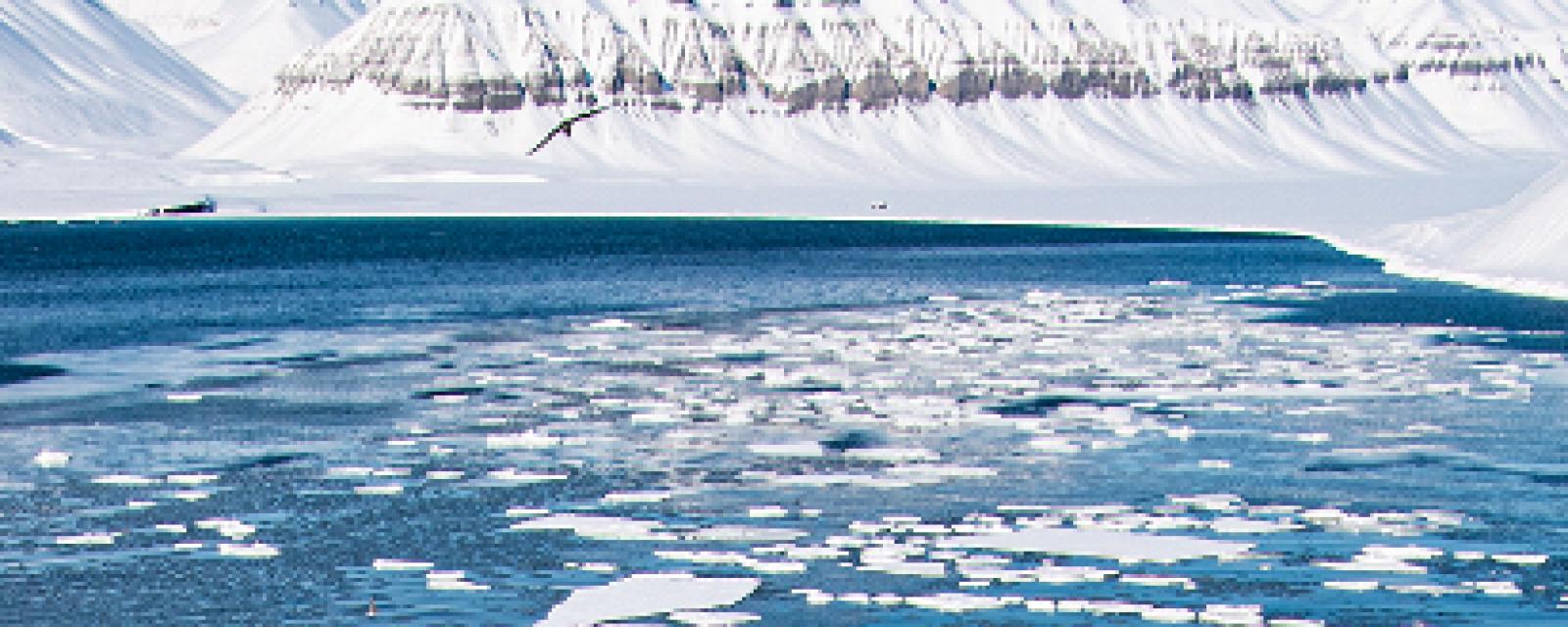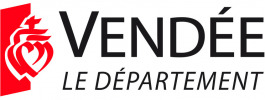
The Arctic, a myserious, almost forgotten by vitally important area
- Share
In the Vendée Arctique-Les Sables d'Olonne race village on Monday the underwater exploration program Under the Pole and the Pure Ocean Foundation hosted an informative seminar all about the Arctic and the polar areas. The Arctic Circle is the northernmost of the five main parallels along with the Tropic of Cancer, the Equator, the Tropic of Capricorn and the Antarctic Circle.
The Arctic Circle passes across Norway, Sweden, Finland, Russia, the United States, Canada, Denmark and Iceland. The seas it crosses are the Beaufort, Chukchi, Eastern Siberia, Laptev, Kara, Barents, Norway, Greenland and Baffin. In the middle is the Arctic Ocean.
This conference was hosted by Pol Robert who is responsible for partnerships and sponsorship of Under the Pole and by Charlie Mathiot, scientific coordinator of Pure Ocean.
Every year for the past four years the foundation Pure Ocean has issued calls for projects with a view to supporting them from its endowment fund. Fifteen projects, chosen by an independent international scientific committee are benefiting or have benefited fromfinancial grants of Pure Ocean. Its main mission is to mobilize people and projects to support ambitious and innovative scientific projects for the protection of biodiversity and fragile marine ecosystems. Pure Ocean selects projects with a strong innovative dimension whether they are technological, ecological or social.
Pure Ocean also raises public awareness of the situation of endangered ecosystems by highlighting solutions to protect them through different conferences, the promotion of races and sporting challenges or the provision of “La Goutte Bleue” waste collection kits.
About fifteen projects are currently supported by the foundation, including one in the critical transition zone between the Atlantic and Arctic oceans, near the Labrador Sea. “Com-N” is the “Inuit scientific boat monitoring climate change”. But if the manta rays of Mozambique are under also being studies, as are nitrogen cycles, sponges or corals, the Arctic (and more commonly the so-called "cold waters") are very under represented when it comes to proposed projects.
Clément Pourtal, project manager of Pure Ocean, highlights: "The fact that we do not receive applications on these cold water themes is symptomatic of the lack of interest in these areas where, we believe that there is a lot to do and that needs to be studied. The threats to the biodiversity of the Far North is a real concern”.
For Charlie Mathiot who is the scientific coordinator who has a doctorate in the physiology of microalgae and plants, bioenergetics of photosynthesis, oceanography and marine ecology, “These areas actually evolving fastest in the face of global warming. Greenland is warming twice as fast as elsewhere; it was 30° in Antarctica not long ago. These are climatic phenomena that we had not anticipated, such as the melting of the ice, which is not happening like we expected, and which goes faster or slower than scientific estimates. It needs further studies to really understand what is going on”.
For the foundation the association with sport – offshore racing in particular – is a great opportunity to share information, continue raising awareness and convince decision-makers to support the projects carried out by Pure Ocean. The next call for applications will open in September.
Under the Pole on mission in Norway
The explorers of Under the Pole reached Svalbard some time ago aboard Why, a two-masted aluminum schooner capable of withstanding the extreme cold and ice. There is also the schooner Why Not, an exploration sailboat capable of accommodating 22 people on board. This program, launched 14 years ago by Emmanuelle Périé-Bardout and Ghislain Bardout, co-founders and co-directors of exploration, is an underwater exploration platform that combines scientific research, innovation and awareness. The specialization of Under the Pole is diving in mesophytic waters, these waters located between 30 and 120m deep and which only receive very little light. From 2021 to 2030, explorers have been involved in the Under the Pole Deeplife program, recognized as an official project of the United Nations Decade of Oceanographic Science for Sustainable Development.
Called directly Emmanuelle Périé-Bardout and Ghislain Bardout shared their news. “The information that we report allows us to generate scientific publications. One of them demonstrated that coral diversity is richer and more diverse at depth. Currently, we are looking to discover and map marine animal forests, these ecosystems that are created around certain species, corals, sponges and hydrozoans, which have the shape of trees and which, coming together, create an ecosystem favorable to diversity. Exactly what we see on earth with tree forests: the canopy (the upper level of the forest) is the place of a very rich biological productivity”.
In this area of the globe which has not been the subject of very much research, each contribution of science has its impact. Based on the principle "that we only protect what we know", as the couple of explorers put it, it is crucial to bring fishermen to the attention of thee phenomenal biodiversity zones, which are at the mercy of the passage of a trawl. Not long ago, Under the Pole encountered Greenland sharks, which live in the northernmost waters. These sharks, among the three largest in the ocean are still little known. Ghislain Bardout: “We contributed to a publication by American researchers on these mysterious sharks that live in the depths. They are capable of living 250, 300, and possibly even 400 years. They are considered the longest-living animal.
It is into the fringes of these little known waters that the skippers of the Vendée Arctique will sail. And all of the information that the sailors can bring back from the north of Iceland will therefore have a significant contribution.
IMOCA has organized a program to deploy seven weather buoys on the boats of Conrad Colman, Sébastien Marsset, Romain Attanasio, Louis Duc, Denis van Weynbergh, Antoine Cornic and Manu Cousin. These drifting buoys are provided by Météo France. They make it possible to provide data on various subjects, in particular the atmospheric pressure in situ at all times – a rare capacity. This information contributes to the reliability of forecasts, routings and contributes to safety at sea.
Fabrice Amedeo will continue his oceanographic sampling initiative for the Ocean Calling program. This data helps scientists better understand the impact and consequences of global warming and greenhouse gases on the oceans; plastic microparticle sensors will also be used.



